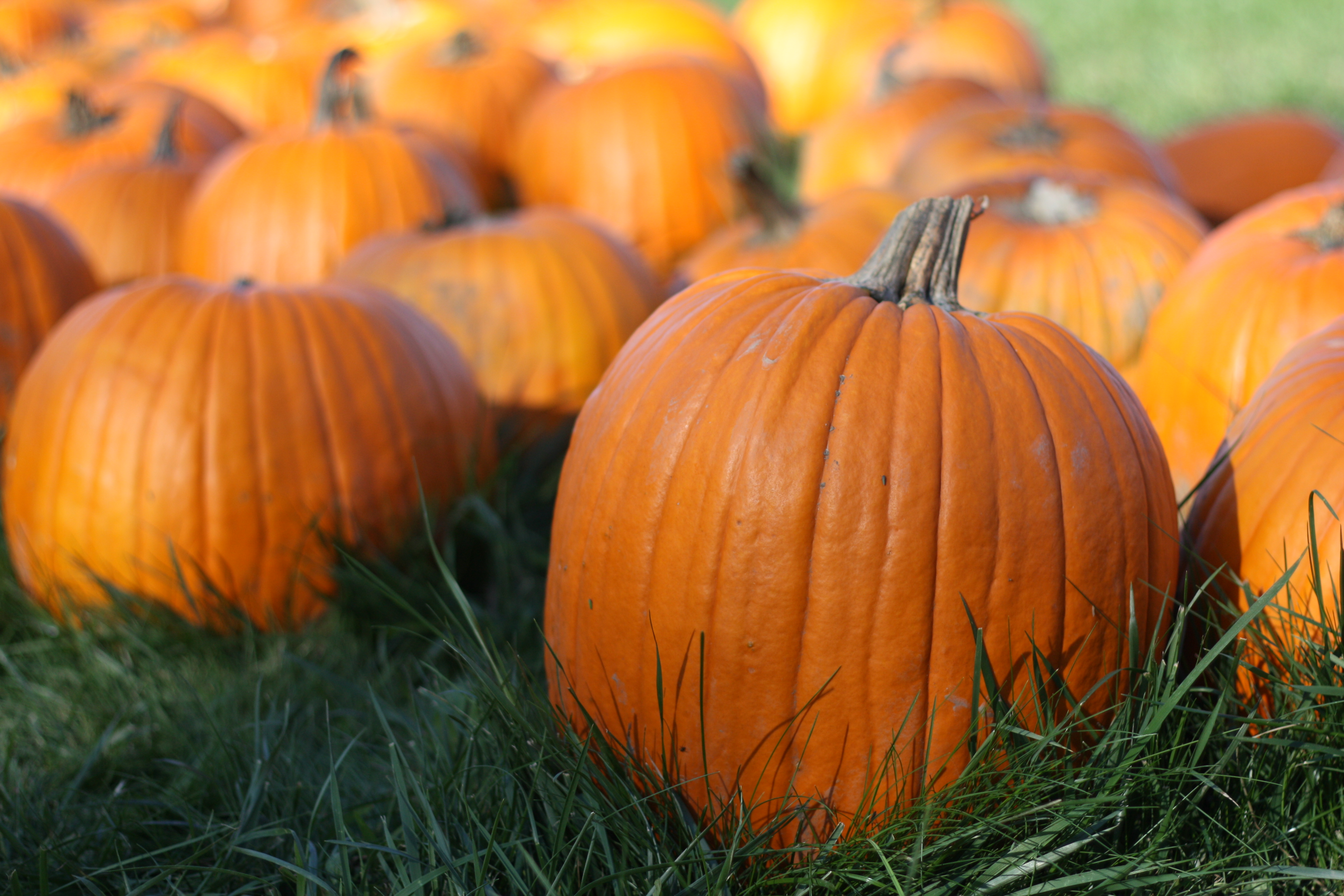“A small number of people in every generation are forerunners,
in thought, action, spirit, who swerve past the barriers of greed and power to
hold a torch high for the rest of us. Lappé is one of those.” --Howard Zinn, author of A People’s History
of the United States
Last month I wrote an article called “Watering the Almond Trees: The Hidden Cost of Food” about the drought in California
and its impact on food production. A lot
of readers commented about that article.
This is the rest of the story...
It takes 106 gallons of water to produce one ounce of
beef. Consider that an average serving of protein is
3-4 ounces. To produce a 3 ounce hamburger,
318 gallons of water are needed; a 4
ounce hamburger requires 425 gallons of water. This much water to produce such a small amount of food for so few people people has never made
economic sense to me. If you also
consider how much grain is needed to feed one cow and the amount of water
needed to grow the grain, then a hamburger should be more expensive than
diamonds, right? So then why does a hamburger
at a fast food restaurant cost less than $3.00?
Enter Diet for a Small Planet, a book by Frances Moore Lappé
first published in 1971. When I read
this book it changed my life. It taught me that we have an abundance of food on this planet, but we are using too much energy to produce meat when that same amount of energy could feed so many more people with whole grains and vegetables. Eating
lower on the food chain has been one of the most important guiding principles
in my life. Choosing to eat plant-based
whole foods has always been an easy decision for me because of my deep faith that
we have a responsibility to protect our planet and our natural resources like fresh water supplies, the vast prairies and the oceans. As a teenager I
learned how to combine plant foods to make complete proteins. I learned about the connection between food,
health, and disease and have been studying the connection ever since. These connections are why I started the Growing Healthy Kids organization in 2009 and collaborations with organizations such as Boys and Girls Clubs to improve the health literacy of children and adults to eat foods that promote health instead of creating diseases like heart disease, cancer, and type 2 diabetes and obesity.
The fact that I don’t eat foods full of antibiotics,
hormones, pesticides, and herbicides has a lot to do with why I rarely get sick. I buy vegetables and fruits which are locally
grown, in season, and mostly organic. I spend a lot less on food than people who eat meat every day - just saying!
People tell me they can’t afford to feed their kids healthy foods. My response is, “Yes, you can. Give me an hour and I’ll show you how. Hold the hamburgers and pass the quinoa*.”
In gratitude,
Nancy Heinrich
Founder, Growing Healthy Kids, Inc.
*Quinoa (pronounced keen-wa) is a grain (technically a seed) that is a complete protein and cooks in 15-20 minutes. For one of my favorite quinoa recipes, check out Nourish and Flourish: Kid-Tested Tips and Recipes to Prevent Diabetes. Check out Wellness Wednesdays for more delicious recipes!


